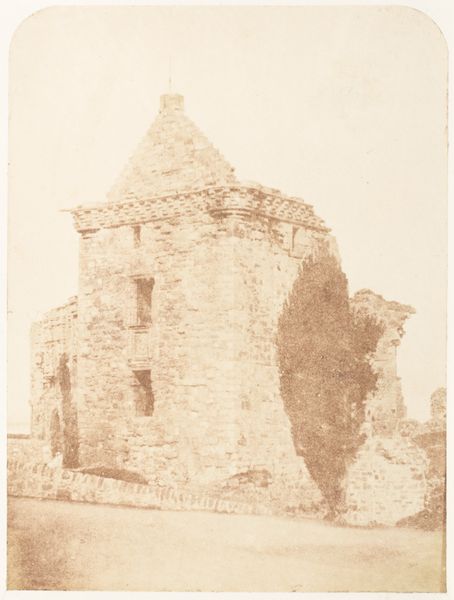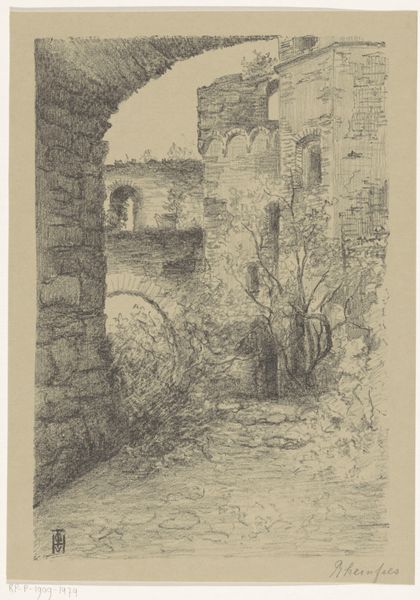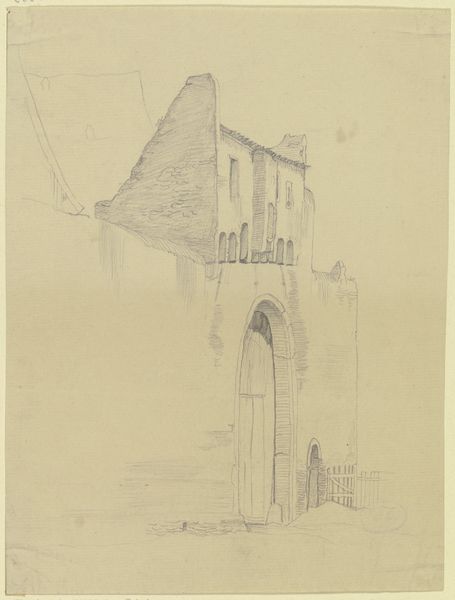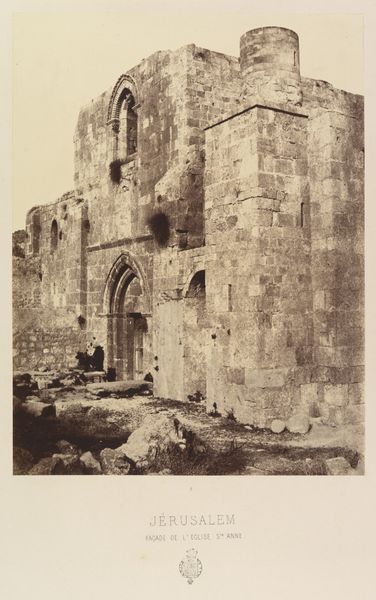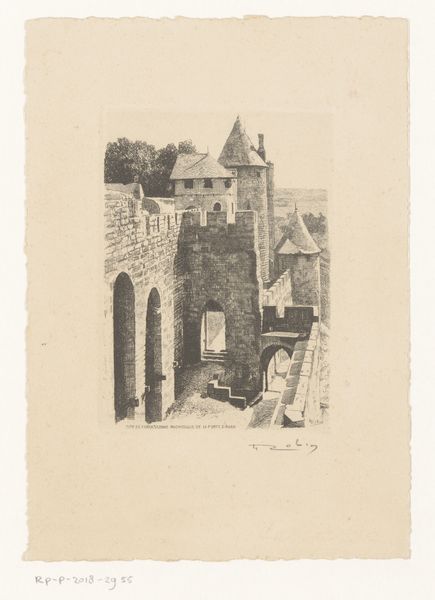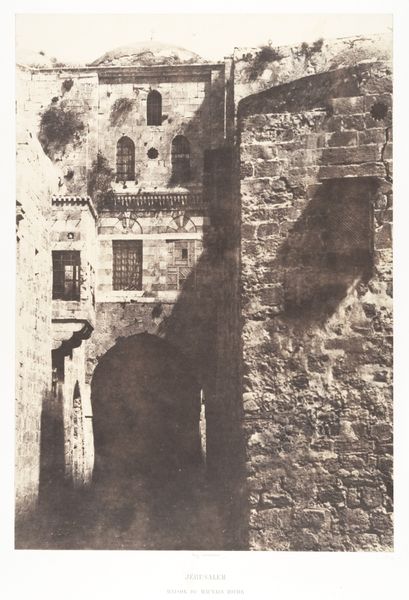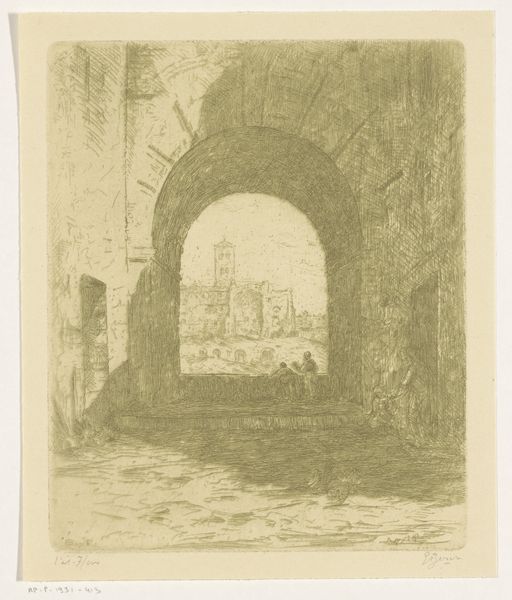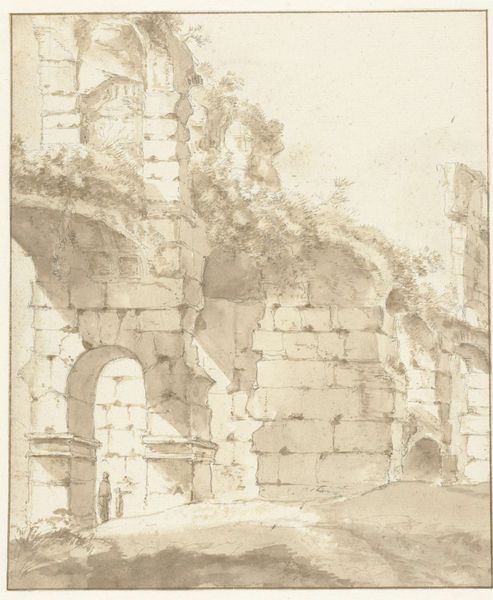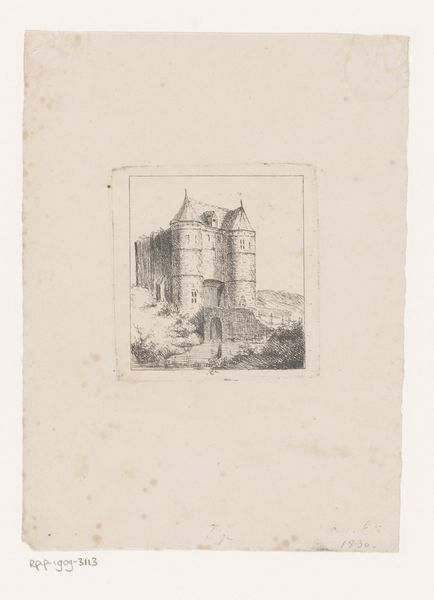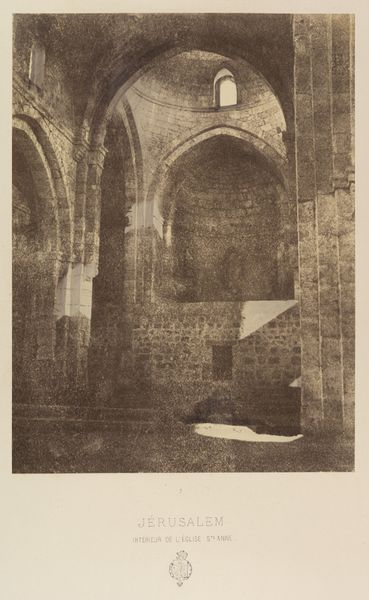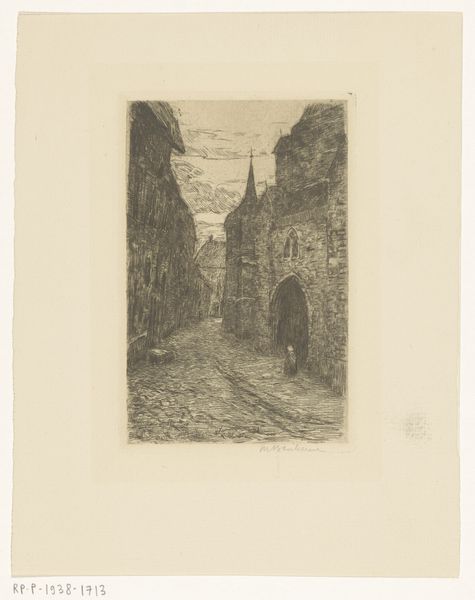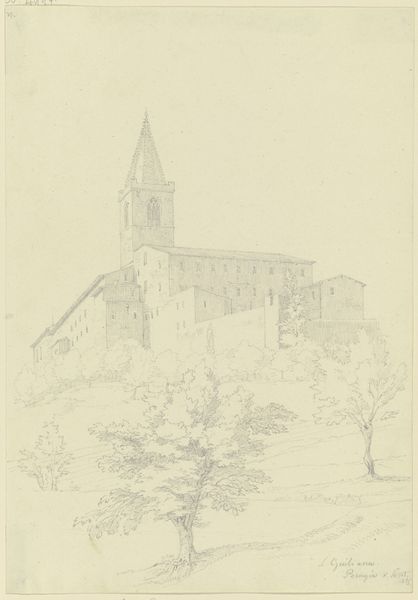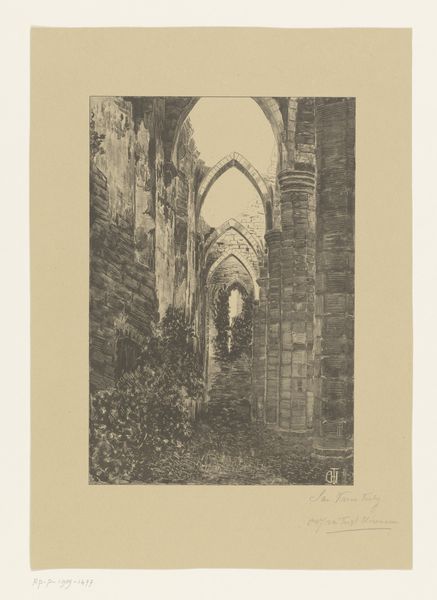
daguerreotype, photography, site-specific
#
landscape
#
daguerreotype
#
photography
#
romanticism
#
site-specific
#
cityscape
#
building
Copyright: Public Domain
This photograph of St. Andrews was made between 1843 and 1848 by Hill and Adamson using a calotype, an early photographic process using paper negatives. The calotype is characterized by its soft focus and grainy texture, a direct result of its handmade nature. The process involves coating paper with silver iodide, exposing it in a camera, and then developing the latent image. The resulting paper negative is then used to create multiple positive prints. Unlike the daguerreotype, which produced a unique, highly detailed image on a silvered copper plate, the calotype allowed for reproduction, aligning it with the burgeoning culture of mass production. The slightly blurred quality and warm tones of the calotype give this image a painterly feel. This artistic technique, however, had its economic reality, enabling wider distribution and influencing documentary photography's future. The labor-intensive process reflects a transitional moment where craft met industrialization, shaping our visual understanding of history.
Comments
No comments
Be the first to comment and join the conversation on the ultimate creative platform.
